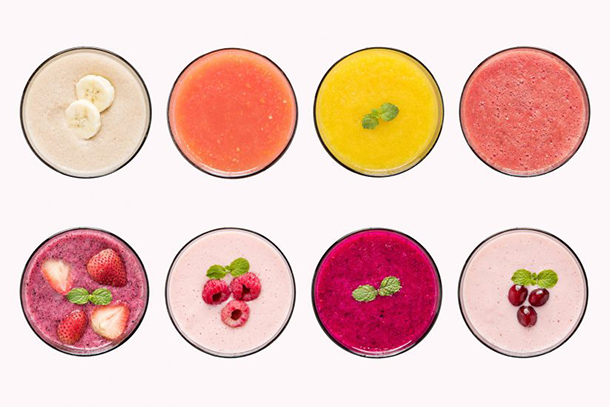Sugar gets a lot of bad press, and for good reason. Too much of it increases the risk of obesity, diabetes, heart attack and stroke. And Americans tend to eat a lot of it — more than 60 percent blow through the government’s recommended consumption on a daily basis.
But sugar is also a naturally occurring substance. In the form of glucose, it shows up in pasta, bread and other carbohydrates. As fructose, we encounter it in fruits and vegetables. How, then, can it wreak so much havoc on our bodies? Keck School of Medicine of USC physician Kathleen Page, MD, assistant professor of medicine, has been asking this question in the lab, and she’s come up with an intriguing answer: Even though your sweet tooth might love all sugar, our brain knows sugars are not equal and responds accordingly.
An experiment: Fructose vs. glucose
Page, who specializes in diabetes and childhood obesity, recruited 24 healthy young women and men for her experiment. One morning, before eating breakfast, they came into the lab and consumed a drink sweetened with glucose. Another morning, they consumed a drink sweetened with fructose. On the day they drank glucose, the volunteers felt more satiated; when they drank fructose, they stayed hungry andcraved more food.
So, what does this mean for an average person’s diet? Well, it’s not a reason to cut back on fruits and vegetables. The fiber, water and general chewiness of, say, an apple or a stick of celery takes a while for the body to digest, and so the fructose hits the system slowly. In contrast, the fructose in a can of soda or glass of O.J. “goes straight to your bloodstream,” Page said, “because there’s nothing to slow down the absorption.”
Fructose vs. glucose vs. corn syrup vs. honey
The kind of sugar in soft drinks is the much-demonized high fructose corn syrup. But any form of added sugar — sweeteners added during processing, be it white sugar, brown sugar, cane sugar, corn syrup or even honey — seems to deliver that same addictive jolt to your brain that leaves you wanting more, Page said. The key word is “seems.” Scientists have fed sugar to animals, and found that it triggers cravings and withdrawal behaviors similar to those found with drug addiction. But such trials have been difficult to replicate with humans. “It’s very hard to control people’s access to sugar,” Page said.
The problem is that added sugars are everywhere. Not just in brownies or soda, but hidden in places you might not suspect, like ketchup, bread, salad dressing and crackers. Watch out particularly for yogurts with fruit flavoring or fruit at the bottom. “People think yogurts are healthy but they have tons of sugar,” Page said. For instance, a 5.3 ounce container of Trader Joe’s Nonfat Black Raspberry Greek Yogurt has 15 grams of sugar. Even when accounting for the naturally occurring sugars in the fruit, that’s still a hefty chunk of the recommended 25 grams of added sugar per day (or 6 teaspoons) for women, and 36 grams (or 9 teaspoons) for men.
Check the ingredients
Be thoughtful and savvy with everyday marketing and eating, Page suggests. Remember that any food that has no fruit or milk in the ingredient list gets its sweetness from added sugars. At the grocery store, check ingredient labels. “The closer the sugars are to the top of the list, the higher the sugar content that food has.” Try not to keep sodas in the house – or, for that matter, fruit juices, which have all the sugar of fruit without the fiber and chewiness that slows down the fructose delivery.
And instead of cutting yourself off cold turkey, try to ease into it. “It’s difficult to completely deprive yourself of dessert,” Page said. And know that, particularly if you have a sweet tooth, you will probably struggle at first to cut back on sugar, not because you lack willpower – but because sugar is designed that way.
— Constance Sommer


